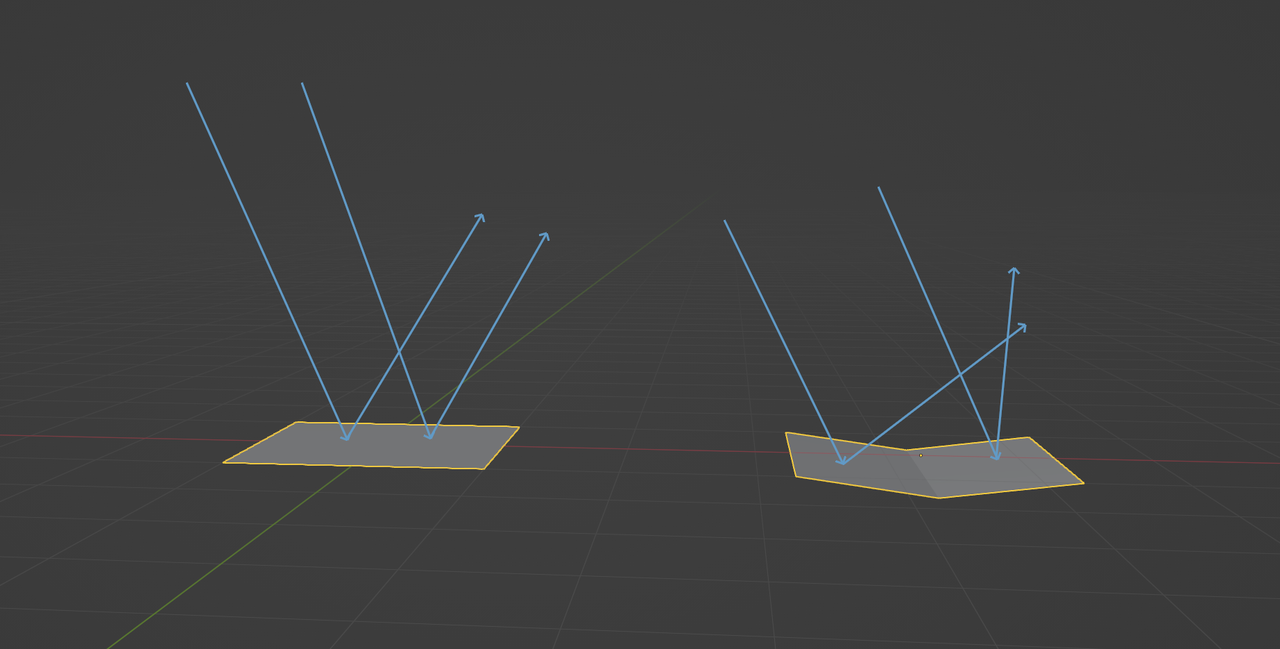Hi Robert, Baking is a huge subject!
I'll try to give a short (and therefore incomplete and probably not very clear) version, as far as it is relevant for this case:
You are taking the information of how the light reacts, when hitting the surface of the high-poly model and use that information on a low-poly version of the wheel (that is why the retopology is necessary). This information is 'made permanent' (and that process is called Baking) on Images, that can be used on the low-poly model by a renderer. (What happens to the high-poly model after the Baking, won't make a difference to how the low-poly model is being rendered.)
There was a lot of baking done on the Collab2021, I think it's a good watch, you can just see it as a movie of Kent going through the workflow while guiding everyone else. Baking processes starts in the Week 3 Shading and Lighting one:
I think Martin's done a great job at consolidating a pretty large subject. I just wanted to jump in and share some insight as to how it relates to this course.
Because the intention for our model is to eventually be used in a video game, we are limited to the overall poly-count budget that we have for our "game-ready" model. What game artists will do is create a high-poly model that has all of the detail they want in it. In our case, this would be the tire tread patterns with all of the grooves and extrusions. The amount of polygons it takes to make this model is too much if we intend to have many of these tires around in a game world, so the artist will then make another lower-polygonal version of this model to be used in the game.
During the texturing process, we can project the details from the high-poly model onto the low-poly model and "bake" that information into a texture image. That is what the "baking" process refers to, and is what we cover in the Texturing/Baking sections of the course. Once we have generated these "baked" textures, we can use them to replicate the detail of the high-poly model onto our game-friendly one, making it appear far better quality than it actually is.
I hope that's offered a little insight, please feel free to ask any further questions as you make your way through the course! :)
Yeah, baking produces image textures, like JPG or PNG files. They will depend on the resolution so you can have 2K images, 4K images, 8K, etc. And yes, you got it, it is static, a good old normal non-moving image that you slap into a model to create some illusion. It's all fake and trickery in CGI. That's not a bad thing though, look a magician, unless you think magic is real, which it isn't.
It is static, but it is not just light information, but information as to how light should react on the surface.
So, if the surface is flat, like the left plane, then you tell it with an image texture, that the light should react, as if it were the right plane:

This would be a Normal Map, there are other maps to be baked, and together they can create a stunning illusion of a highly detailed object, that actually is just a simple object..
wow, very insightful information there guys! now it's 1000 times more clear, thank you all once again!